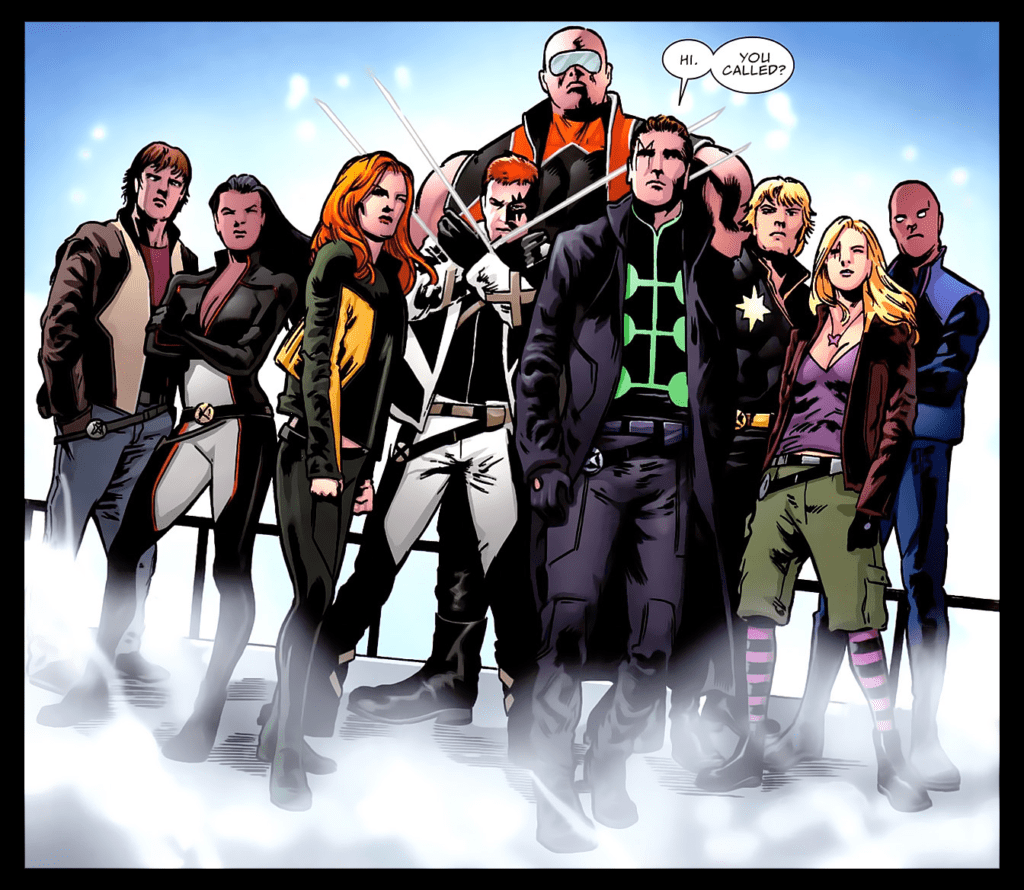Overview of Diamond Comics and Its Role in the Comic Book Industry
Diamond Comics Distributor, founded in 1982 by Steve Geppi, has long been a cornerstone of the comic book industry in North America. It has established itself as the largest distributor of comic books, graphic novels, and related merchandise, playing a crucial role in the relationship between publishers and retailers. By providing a singular platform for distribution, Diamond has helped streamline the supply chain for comic books, making it easier for independent and large publishers alike to connect with retailers and fans.
Throughout its history, Diamond Comics has significantly influenced market dynamics within the comic book industry. Initially designed to cater primarily to specialty comic book stores, its model allowed various retail entities to gain access to a wide array of products. This approach not only nurtured a thriving comic shop ecosystem but also enabled a diverse range of titles to reach audiences across the continent. As the primary distributor, Diamond has been instrumental in accommodating publishers by managing inventory, providing marketing support, and ensuring timely deliveries—all essential factors in a fast-paced industry.
The significance of Diamond’s operations was further enhanced during the rise of the modern superhero film culture, leading to a resurgence of interest in comic books and graphic novels. With blockbuster adaptations of comic book characters dominating the box office, demand for related merchandise skyrocketed. Diamond’s role as a distributor became even more critical in this context, as it benefitted from the increased merchandise sales tied to popular franchises. However, the company’s dominance also meant that many retailers became reliant on a single distributor, creating a unique set of challenges that would become increasingly evident as market conditions evolved.
Diamond Comics Distributor has served as a vital conduit between publishers and retailers. It has also shaped how comics are marketed and sold . Its impact on the comic book industry cannot be overstated, as it continues to be a pivotal force in the ongoing development of the retail comic market.
Reasons Behind the Bankruptcy Filing
Diamond Comics Distributor’s decision to file for Chapter 11 bankruptcy is attributed to a confluence of factors, many of which have been exacerbated by the ongoing repercussions of the COVID-19 pandemic. The pandemic significantly disrupted the retail landscape, leading to the temporary closure of comic book shops across the United States. As these retailers faced shutdowns, comic book sales declined sharply, with a reported 30% drop in April 2020 alone. This decline placed immense financial pressure on Diamond, which relies heavily on the success of retailers for its revenue.
Additionally, shifts in consumer behavior have played a pivotal role in the changing dynamics of the comic book industry. As audiences turned to alternative forms of entertainment during lockdowns—such as video streaming and digital content—demand for physical comic books saw a marked decrease. Digital platforms began to emerge as significant competitors, offering accessibility and convenience that traditional distribution methods could not match. According to a report from the Comic Book Industry Alliance, digital comic sales increased by 40% in 2020, indicating a significant shift in consumer preferences.
Long-standing financial issues also contributed to Diamond’s predicament. The company had been criticized for its monopolistic practices and lack of innovation in distribution methods. Complaints from smaller publishers regarding poor payment practices and distribution delays had eroded trust within the industry. Furthermore, the inability to adapt to rapid changes in technology and consumer preferences left Diamond vulnerable. As a result, the once-dominant distributor found itself facing an uphill battle, culminating in the decision to seek legal protection under Chapter 11 as a means to reorganize and establish a sustainable path forward.
Implications for Retailers and Publishers
Diamond Comics Distributor’s recent Chapter 11 bankruptcy filing has sent ripples through the comic book industry, stirring significant concerns among retailers and publishers alike. As the primary distributor of comic books in North America, Diamond has played a pivotal role in the distribution logistics that keep the market functioning. With its financial instability, retailers face uncertainties regarding their supply chains, creating anxieties about consistent access to new titles and their favorite series. The potential disruption in inventory flow could compel retail owners to re-evaluate their relationships with distributors and consider their contingency plans.
Publishers, meanwhile, are likely to feel the repercussions as they adapt their strategies in light of Diamond’s challenges. If traditional distribution channels falter, smaller publishers may find it necessary to explore alternative models to reach readers effectively. This shift could manifest in different ways, including increasing direct-to-consumer sales, creating exclusive agreements with online platforms, or diversifying their distribution partnerships. Industry insiders speculate that this could lead to a more fragmented market, where numerous players begin to offer unique selling propositions to capture market share from established entities.
The emotional impact on the comic community cannot be overlooked. Many retailers and publishers have expressed feelings of uncertainty and apprehension about the future. One retailer noted, “We’ve built relationships with our customers and publishers, and seeing a cornerstone of our industry falter is disheartening.” These sentiments underscore the close-knit nature of the comic book world, further illustrating how Diamond’s situation affects not just distribution, but the very fabric of the community itself. As stakeholders come to terms with the current upheaval, the industry could witness transformative changes that may redefine the landscape of comic book distribution in the years to come.
The Future of Comic Book Distribution: Opportunities and Challenges
The landscape of comic book distribution is poised for significant change following Diamond Comics Distributor’s Chapter 11 bankruptcy filing. This situation presents both opportunities and challenges for the industry. As traditional distribution methods are scrutinized, there is a potential for innovation, particularly with the emergence of independent distributors. These new players may offer fresh perspectives and strategies that could revitalize comic book sales and reach wider audiences.
One notable opportunity is the direct-to-consumer model, which has garnered attention as publishers begin to explore alternative distribution paths. By cutting out middlemen, publishers can establish a more personal connection with their audience, catering directly to consumer needs and preferences. This model not only enables creators to retain more control over their intellectual property but also emphasizes community building among fans. As digital platforms continue to grow, it may be more feasible for publishers to cultivate their own loyal readership through online subscriptions and exclusive content offerings.
However, the shift away from a centralized distribution system is not without its challenges. One major hurdle is the task of rebuilding trust and support among retailers who may feel alienated by these changes. Many brick-and-mortar comic shops rely heavily on established distributors for their inventory and promotions. Therefore, to succeed, new distributors must engage with retailers, offering compelling terms and fostering collaborative relationships. They must also demonstrate reliability in delivering products to avoid disruptions in the supply chain.
As the industry reflects on these dynamics, it must remain adaptable to shifting consumer preferences and evolving technological advancements. The integration of new technologies could facilitate innovative marketing strategies and enhance customer engagement. In summary, the future of comic book distribution is uncertain but ripe with potential as the industry navigates this transition period, balancing the exciting prospects of independence with the necessities of collaboration and trust-building.


